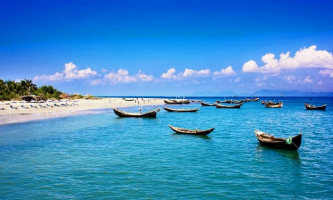Top 10 Iconic Tourist Destinations that will soon disappear
There are many stunning locations and fascinating civilizations in the world, so if you can, you should. Sadly, you would need to move quickly because many of ... read more...species are currently in serious danger of going extinct due to a number of issues, chiefly climate change. In addition to being incredible tourist destinations, many of these places, like Venice, Madagascar, and the Great Wall of China, are also well-known tourist spots that we've all read about since we were young.
-
The Sundarbans are a sizable region of mangrove forests that are located in Bangladesh and India. Due to the region's extremely diverse flora and wildlife, a few protected areas inside it are even recognized as UNESCO heritage sites.
But in recent years, the Sundarbans mangroves have experienced unheard-of destruction and environmental harm. That's an issue since the mangroves serve to contain the ferocious waters of the Bay of Bengal. Greater areas of the territory are now affected by increasing tides for longer periods of the year, which has a negative impact on the Bengal Tiger and other rare species and plants that live there. At this rate, the forests, which are among the world's biodiversity hotspots, may vanish within a few decades.
- Country: Bengal

http://goherenext.net 
https://www.nationalgeographic.com -
We have known that the Maldives will be the first nation to experience the effects of increasing sea levels ever since the initial climate reports were released. With more than 80% of its islands lying less than one meter above sea level, it is the lowest-lying nation in the world.
The Maldives are already in danger of completely disappearing within the next several decades as sea levels are now increasing at a rate of almost four millimeters each year. Even if we drastically cut carbon emissions, they are predicted to climb by half a meter by 2100, according to one research by the Intergovernmental Panel on Climate Changes. They could rise by up to one meter if we don't, effectively drowning the entire nation.
- Country: Maldives

https://www.timeoutbahrain.com/ 
https://blog.blueotwo.com -
The permanent ice caps all around the planet were predicted to be among the first regions to be impacted by climate change, and we are already witnessing this. Glaciers are melting at an unprecedented rate around the globe, from the Andes to the Arctic to the Himalayas, and we still don't fully comprehend its impacts.
The most severely impacted park in the United States is Glacier National Park in Montana. One of the first national parks established in the US, it continues to rank among the top ski destinations worldwide, not just in the US.
When the park was established in 1910, a count revealed that there were approximately 100 enormous glaciers there. Only a few of them today might even be classified as glaciers. Some of the greatest glaciers in the park may have lost up to 80% of their area between 1966 and 2015. This is anticipated to worsen in the upcoming years as global temperatures continue to rise.
- Country: USA

https://www.tripsavvy.com/ 
https://www.photographytalk.com -
One of the world's most biodiverse places is the island of Madagascar, which is off the southeast coast of Africa. Research teams continue to discover whole new species almost every time they visit Madagascar, an island home to around 11,000 endemic species that can only be found there. It's one of the nicest vacation spots you could want for if you love the outdoors and the natural world.
Deforestation and overharvesting, however, have recently led to the disappearance of a significant portion of the rainforest and the rich fauna that lived there. As one example, a research discovered that the lemur population on the island is declining alarmingly quickly. However, based on what is known so far, Madagascar's rainforest may really be in danger of disappearing in the coming decades if global warming and deforestation continue at the present rate.
- Location: Africa
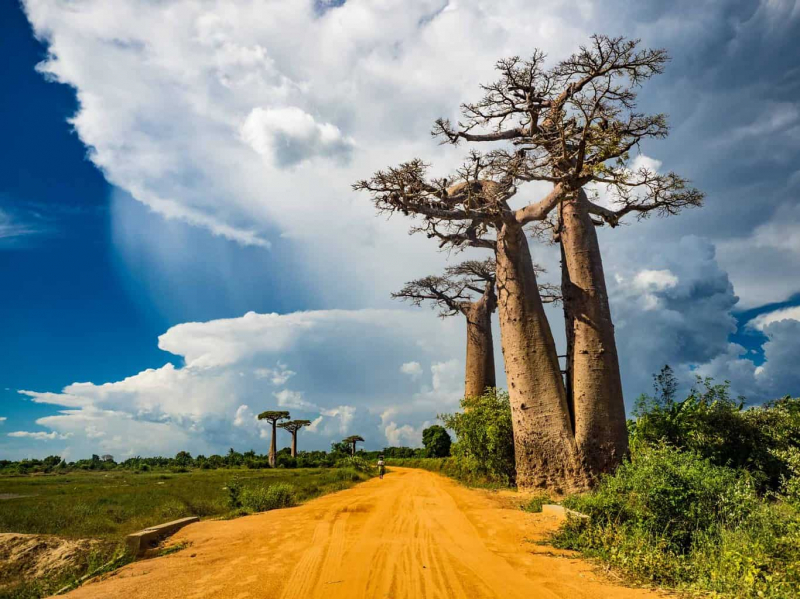
https://www.unusualtraveler.com/ 
http://www.lifegate.it -
No wine expert is required to realize that the Bordeaux area of France is the home of superb wine. Given that demand for wine has remained consistently strong over the course of history, Bordeaux wineries have long been among the largest producers in the world. Due to the fact that it draws wine lovers from all over the world, it is also a significant source of tourism for the area.
But given how quickly circumstances are changing, all of that might soon alter. Bordeaux is one of the hardest hit when weather patterns start to affect production in significant wine-producing regions of the world. Extreme weather events like early frost also don't help. According to some predictions, Bordeaux, along with others like Napa Valley in California, may cease to be a significant wine-producing region in the next fifty years.
- Country: France

https://www.travelrepublic.co.uk 
https://www.ukpassportservices.co.uk/ -
The region of Patagonia, which includes land ruled by Argentina and Chile, is located on the southern part of South America. The enormous region offers a range of beautiful natural settings to explore, including the Andes, fjords, lakes, deserts, and steppes, for the unconventional traveler, even though it may not be included on most mainstream travel lists floating about on the Internet.
Patagonia, particularly its high-altitude regions in the Andes, unfortunately serves as one of the frontlines in the struggle against climate change. We don't fully understand why its ice fields, which were once among the greatest ice caps on the continent, are melting at an alarming rate. The ice cover in Patagonia is generally melting more quickly than in most other regions, and at this rate, it might be gone forever in a few decades.
- Country: Argentina

https://www.flashpackerconnect.com 
https://www.goseewrite.com -
Recent research revealed that the Amazon, the world's largest rainforest, is currently emitting more carbon dioxide than it is absorbing. Although the amount of forest fires in the area over the previous few years and other global climate patterns may make it seem unexpected, experts were aware that it will happen sooner or later. They simply had no idea that it would occur so quickly.
The Amazon region is currently experiencing active fires, and it is anticipated that this season will be considerably more catastrophic than the last. While there are several reasons for the fires, including the recent decline in precipitation, many activists and local news outlets have accused the region's beef and farming businesses of removing the forest forested areas for farming and beef production.
- Country: Brazil, Ecuador, Venezuela, Suriname, Peru, Colombia, Bolivia, Guyana, and French Guiana
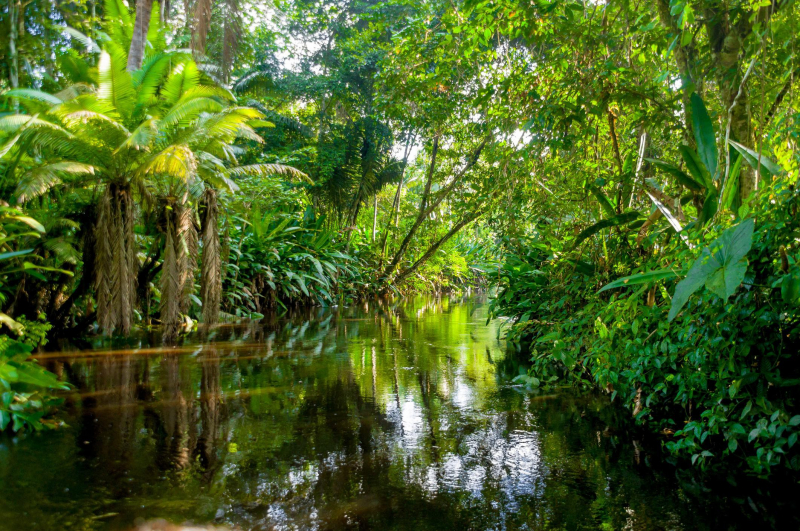
https://actu.epfl.ch 
https://www.alternativeperu.org/ -
Due to its distinctive and extensive network of interconnecting canals, Venice, Italy is also known as the Floating City or the City of Bridges. Venice remains one of the most unusual tourist destinations since there is only one major road, a few side streets, and a few minor bridges, lanes, and pedestrian trails.
But right now, Venice is dealing with a number of issues that put its long-term survival in jeopardy. The largest one is global warming since portions of it are already being submerged by rising sea levels. Floods are also becoming more regular and severe; in fact, one in 2019 managed to submerge almost 70% of the city.
According to a recent research, portions of the city are sinking alarmingly fast in addition to people drowning. They also discovered that several structures in the city are gradually leaning eastward, as if that weren't enough.
- Country: Italy

http://inspirationseek.com/ 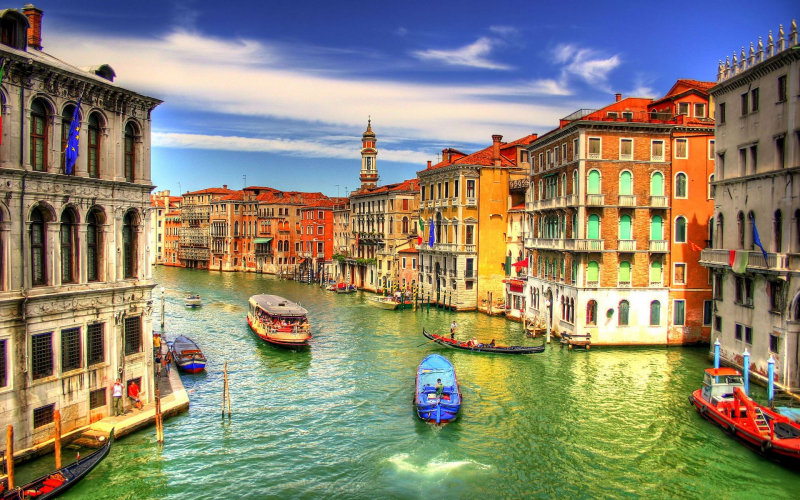
http://www.pixelstalk.net -
Anyone who has really seen the Great Barrier Reef in Australia would tell you that it is without a doubt one of the natural world's wonders. The largest coral reef system in the world is located off the coast of Queensland and spans an area of more than 133,000 square miles. In addition to being a popular diving destination, coral reefs are vital for the health of the marine ecosystem since they are the home to around one-fourth of all marine species.
That's why it would be disastrous on many levels if we lost all the coral in the globe overnight. Sadly, that might already be taking place. Increasing temperatures have caused the Great Barrier Reef to lose a significant portion of its coral population over time, a problem that has only gotten worse. A major maritime heat wave worsened the situation by wiping out approximately 50% of the population's diversified and vibrant coral.
In 2019, the United Nations released a report that predicted that if global temperatures rise by just 0.9 degrees Celsius, we could lose between 70% and 90% of all coral reefs (33.62 degrees Fahrenheit). At such rate, experts predict that the Great Barrier Reef might fully disappear by 2050.- Country: Australia

http://www.sbs.com.au 
https://www.fitzroyisland.com/ -
Even if this claim isn't totally accurate, the Great Wall of China is believed to be the only object visible from space. Whatever the case, it's a long, amazing structure—about 5,500 kilometers. Originally built to keep the nomadic invaders from the north out, it is actually made up of several walls, some of which are parallel to one another. The first wall was constructed somewhere in the third century BC, although it was continually expanded by succeeding kings. The Ming era is when the Great Wall of China's best-preserved section was built (1368-1644).
The wall is currently in poor condition as a result of wear and tear brought on by constant exposure to wind and rain, as well as plants growing inside the walls that have hastened the destruction. About 30% of the wall has been lost over time. The Great Wall of China, one of the oldest historical landmarks in the world, may not last much longer because of the increasingly harsh and unpredictable environment.
- Country: China
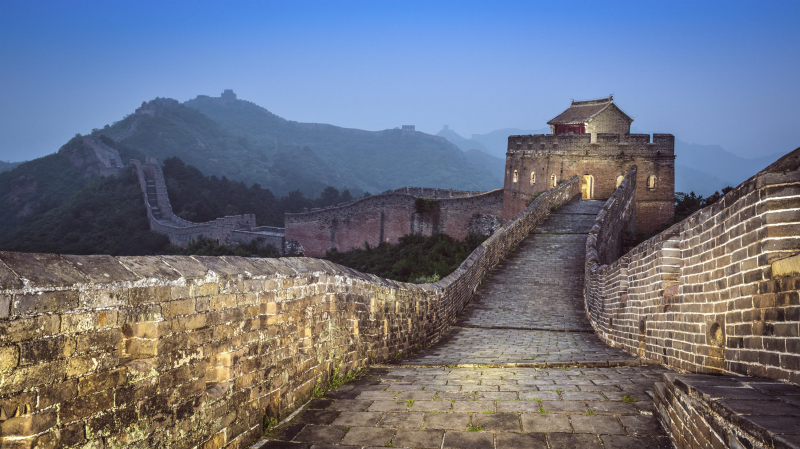
https://www.tourradar.com/ 
http://www.internationaltravellermag.com


















